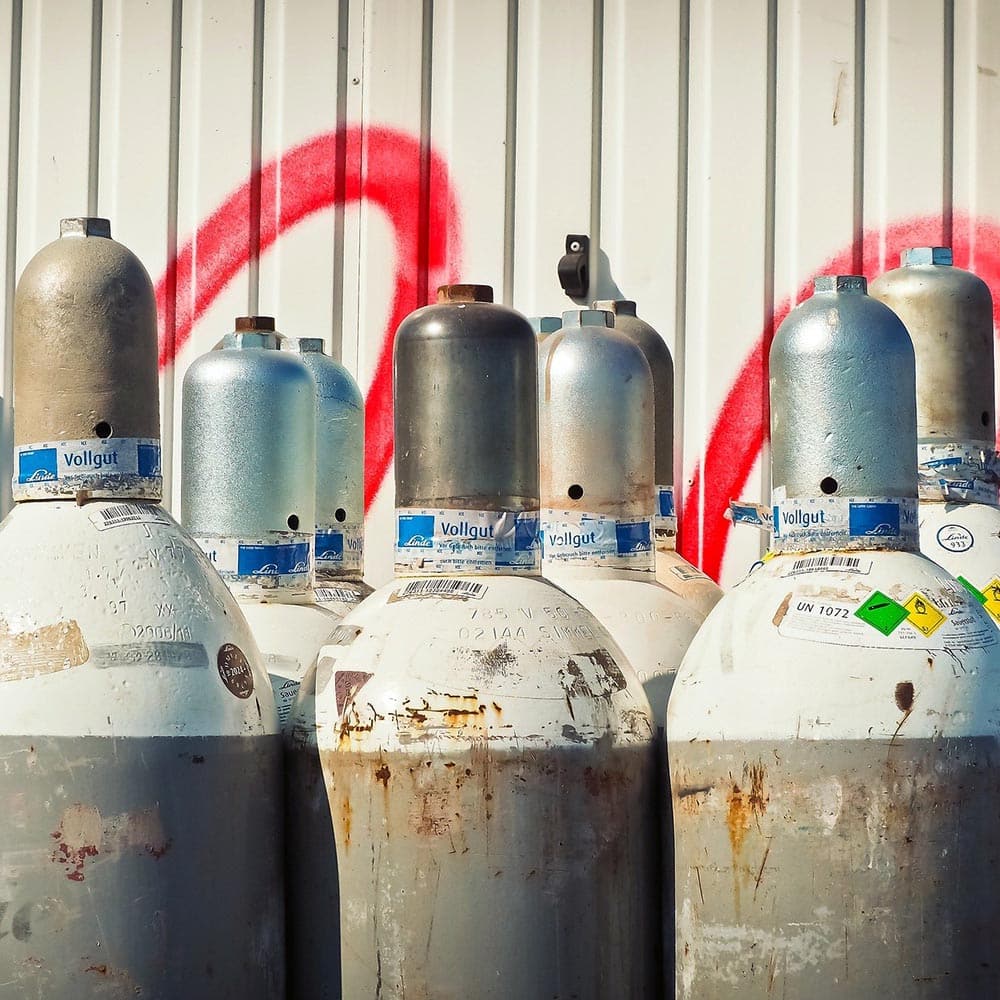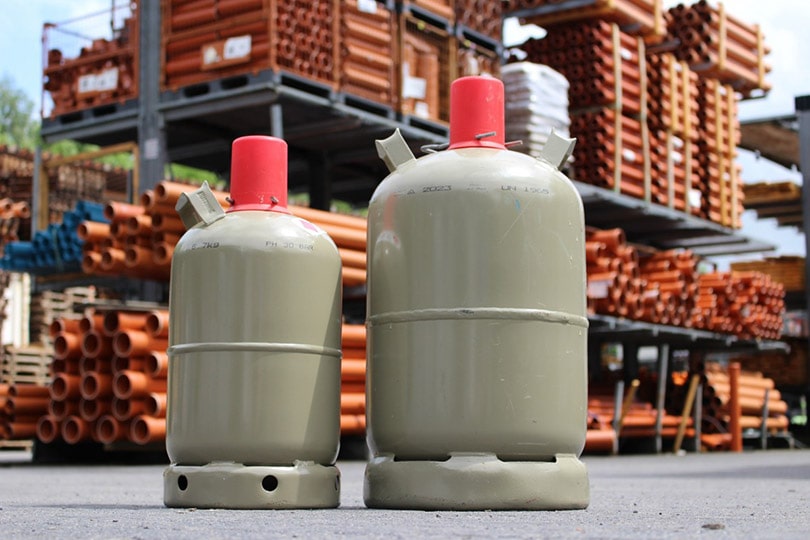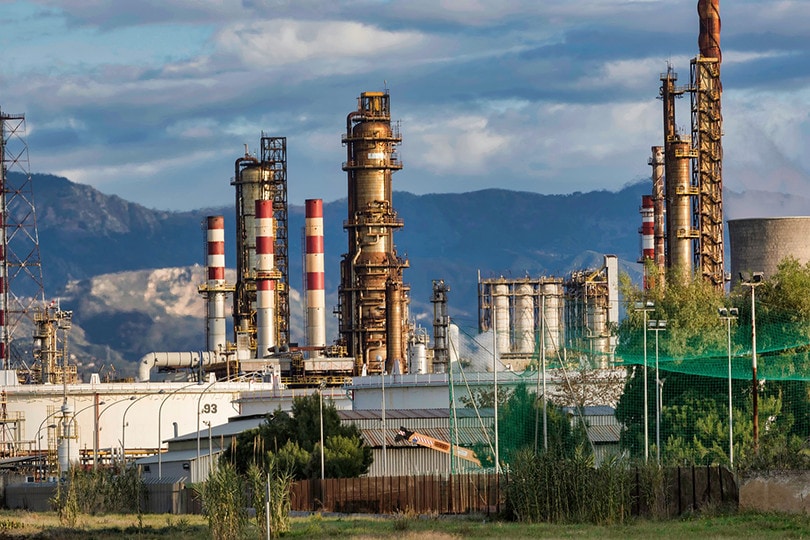How Is Propane Made? Process, Facts, & FAQ
-
- Last updated:

Propane is a common fuel source that powers everything from backyard grills to family homes. Propane can be bought in small canisters, or it can be pumped into large underground tanks and is found around the globe. But how exactly is propane made? Is it mined? Is it created? Propane is an interesting fuel source because it is generated completely as a byproduct of oil and gas refining processes.

What Exactly Is Propane?
Propane is a chemical compound used as a fuel. Propane became widely available for commercial use starting in 1911 and has been heavily used ever since. The chemical formula for propane is C3H8. Normally, propane is a gas, but it is often compressed until it reverts to a liquid form. Liquid propane is easier to store and transport than gaseous propane.
Propane is also known as liquified petroleum gas or LPG. So, where does this liquified petroleum gas come from?

A Byproduct of Natural Gas
Natural gas is mined out of the ground. In the United States, large amounts of natural gas are trapped within deep shale layers underground. These shale layers are broken up, and the natural gas is extracted via drills. When natural gas first emerges from the ground, it is not ready for general consumption. It needs to be refined to get the best results.
As natural gas is refined, it produces a slew of byproducts. Propane is a type of liquid byproduct that occurs during the natural gas refining process. As the natural gas gets refined other chemicals and compounds are siphoned off to make the natural gas purer.
Other byproducts of natural gas include propane as well as butane, methane, and ethane. Butane is a common fuel source for small flames such as lighters.
A Byproduct of Oil Refining
In addition to natural gas refining, propane is also collected during the oil refining process as well. Similar to how natural gas is refined, oil is also refined from a crude state to a more usable state. During this process, propane is once again produced, siphoned off, and collected. In fact, the US Department of Energy estimates that 50% of propane is produced via oil refining. The other 50% is produced during natural gas refining.
Nearly all propane in the United States is produced in the United States.

What Happens After the Propane Is Collected?
Unlike gasoline, oil, and natural gas, propane does not need to be refined further to be usable. Instead, the propane is shipped from the refineries to central collection hubs. These hubs take in propane via rail, pipeline, ship, and truck and store the gas in large underground tanks. These hubs are where propane distributors go to collect the propane that they will then repackage and sell to residential customers.

Conclusion
Using byproducts like propane helps reduce the waste and pollution caused by the oil and gas industries. Using these byproducts ups the efficiency of an otherwise inefficient and dirty process. Next time you see a white propane tank, you will know that it contains the leftovers from a gas refining process that has been stored, packaged, and sold to the end user. Propane is not made or created. It is merely collected and stored for future use.
Featured Image Credit: 652234, Pixabay
Contents

